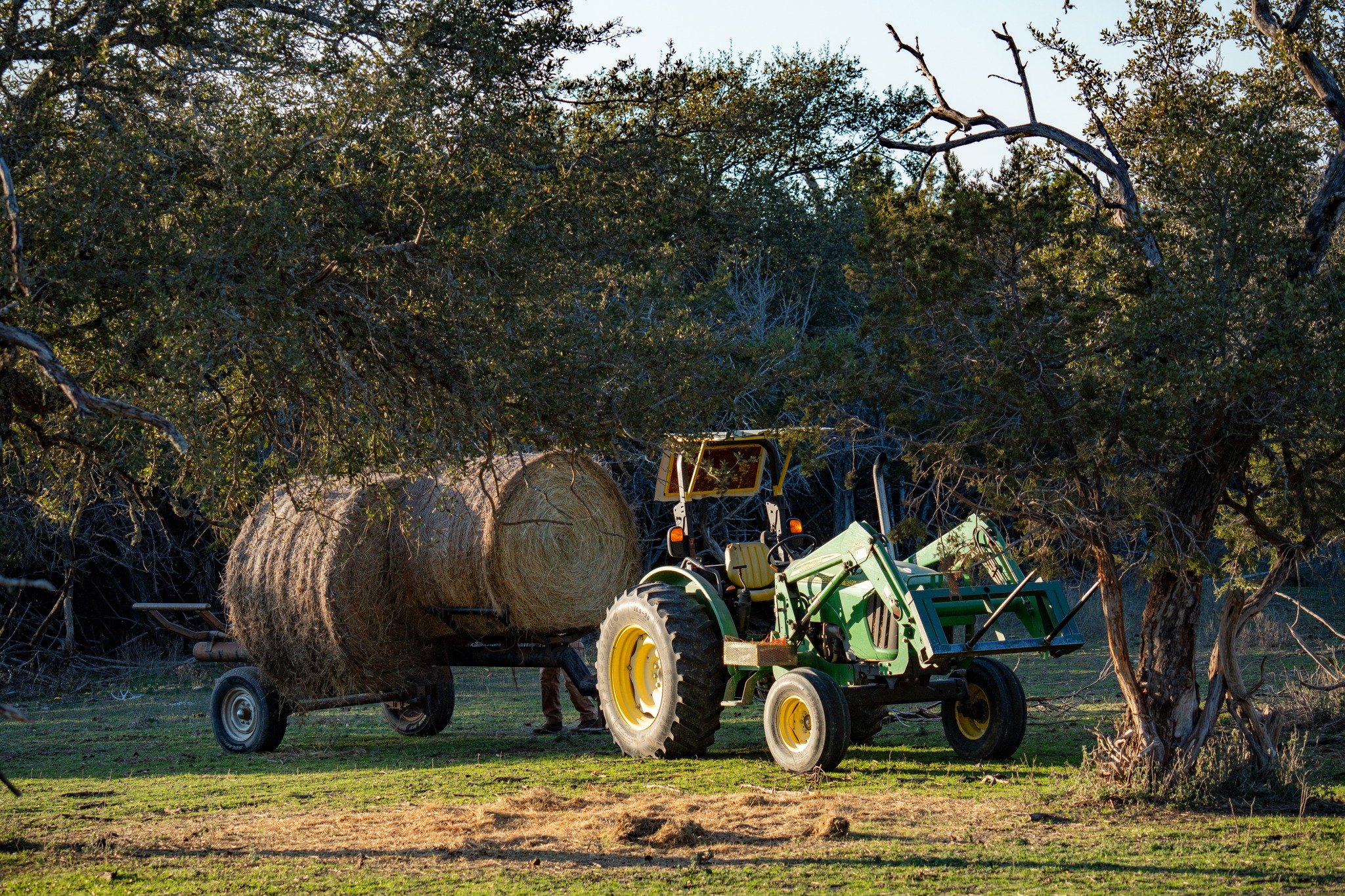- The challenges of limited grazing options for wildlife during winter months and how zoos adapt to these conditions.
- The role of an animal care team in maintaining the health and welfare of animals through nutritional supplementation.
- The production and utilization of hay as a primary supplement for zoo animals, similar to agricultural practices.
- The significance of locally sourced hay in zoo management and wildlife conservation.
- The broader implications of winter feeding programs for conservation efforts and the sustainability of wildlife populations.
As the cold grip of winter takes hold, a verdant summer landscape is often replaced by frostbitten fields. This seasonal transformation poses a significant challenge for wildlife facilities such as zoos and conservation areas. During this time, natural grazing becomes scarce, which necessitates strategic intervention to ensure the continuous well-being of the animals. When there is less grazing available in the winter months, our animal care team must step in to provide the nourishment that these animals require to thrive.
The cornerstone of this intervention is the supplementation of natural diets with hay, an approach analogous to what farmers or ranchers might undertake. This strategy not only sustains the animals’ nutritional requirements but also mirrors many agricultural practices. Understanding the intricacies of this adaptation is fundamental to appreciating its roles in maintaining animal health and conservation.
Animal care teams have a critical responsibility in supporting captive wildlife during periods of limited natural resources. Their dedication and expertise ensure that animals receive a balanced diet, replicating their natural food intake as closely as possible. Specialists such as Ben, mentioned previously, are tasked with assessing each species’ unique dietary needs, taking into account variables like age, health status, and natural dietary patterns. This involves carefully planning and distributing hay and other supplemental feeds, while constantly monitoring the animals’ health and behavior for any signs of nutritional deficiency or distress.
Animal welfare is at the forefront of these feeding programs. Ensuring that animals receive adequate nutrition is paramount, as malnutrition can lead to compromised health and increased vulnerability to disease. Additionally, the enriching activities associated with feeding, such as dispersing hay to encourage natural foraging behavior, play a crucial role in mental health. These practices ensure that zoo animals remain as active and engaged as they would in the wild, even when environmental conditions are less than ideal.
Producing and utilizing hay effectively requires significant forethought and planning. At Fossil Rim, much of the hay used to supplement winter diets is sourced from either on-property or nearby ranches. Cultivating this resource involves understanding local agricultural cycles and maintaining high standards for quality. Hay production entails planting, growing, and harvesting grasses such as alfalfa or clover, which are dried and stored for future use. This process requires expertise in agriculture, as the nutritional quality of hay can fluctuate based on factors like soil quality, growth conditions, and the timing of the harvest.
Using locally sourced hay is vital for several reasons. Firstly, it ensures a reliable and consistent supply of feed, reducing dependence on external sources that may be affected by transportation delays or fluctuating prices. Local hay production also benefits the surrounding community economically and ecologically, fostering sustainable practices and partnerships between wildlife facilities and local farmers. Furthermore, reducing transportation distances helps minimize the carbon footprint associated with feed supply, aligning with broader conservation goals aiming to promote environmental sustainability.
Beyond day-to-day nutrition, winter feeding programs have broader implications for wildlife conservation and management efforts. By ensuring the health of captive animals, these programs bolster conservation breeding initiatives. Offering species a stable environment that closely mirrors their natural habitat allows them to reproduce successfully, contributing to genetic diversity and the long-term survival of endangered species. Additionally, such comprehensive feeding strategies provide invaluable data that scientists can use to improve conservation efforts in the wild, formulating effective strategies for supporting those facing declining populations and habitat loss.
In essence, the diligent work of animal care teams and the strategic application of supplementary feeds like hay are fundamental to addressing the seasonal challenges posed by reduced grazing availability during the winter months. These measures not only preserve the health of animals residing in zoos but also contribute significantly to the broader aims of wildlife conservation. By leveraging agricultural practices and local resources, these initiatives underline the harmony between human intervention and nature, offering a blueprint for sustainable coexistence within a changing world.
*****
Source Description
When there is less grazing available in the winter months, our animal care team, like Ben here, has to supplement that with hay much like a farming or ranching operation might need to do. Most of this hay, like the round bales pictured, was produced by Fossil Rim either on property or on a nearby ranch.


